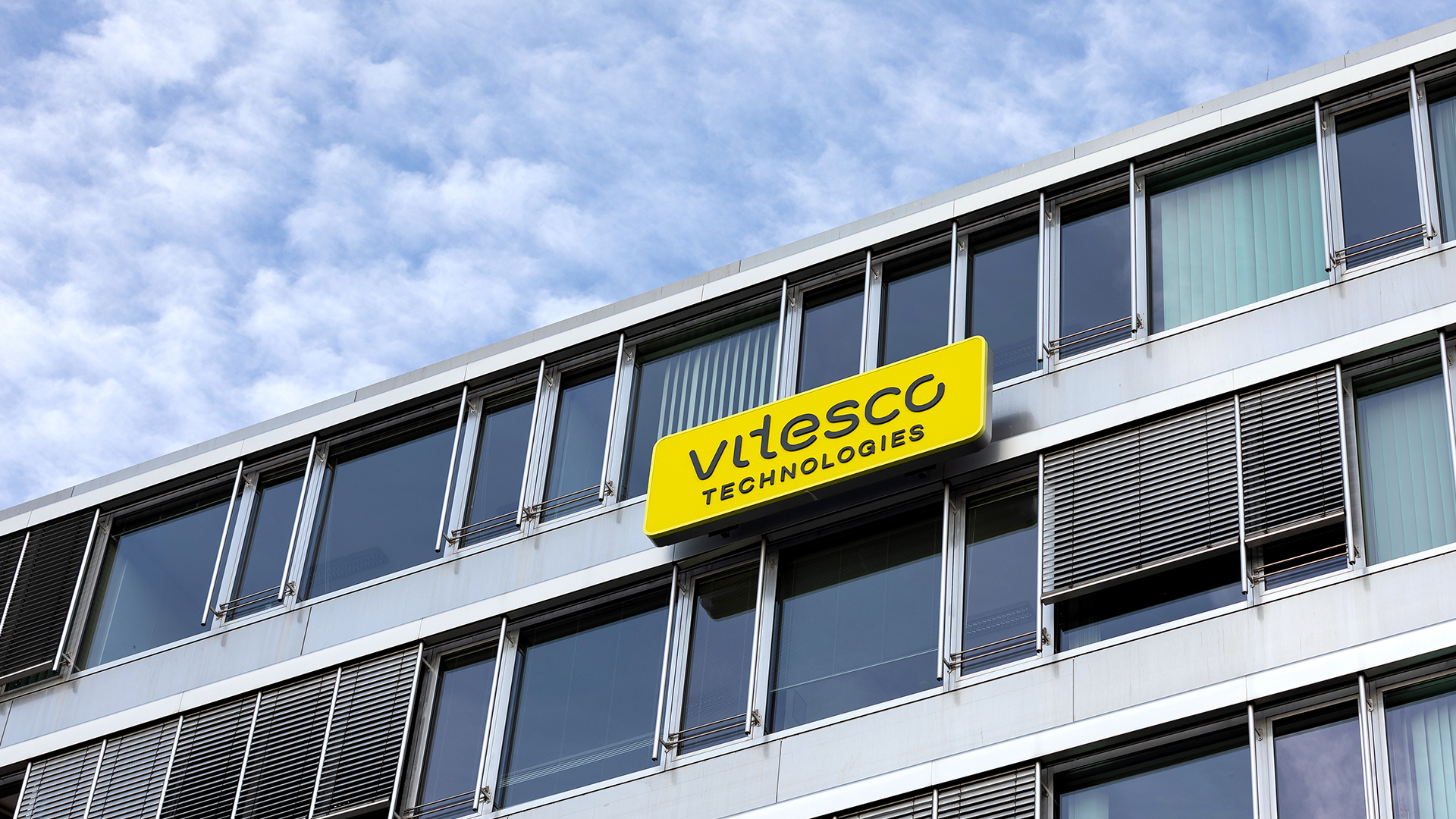
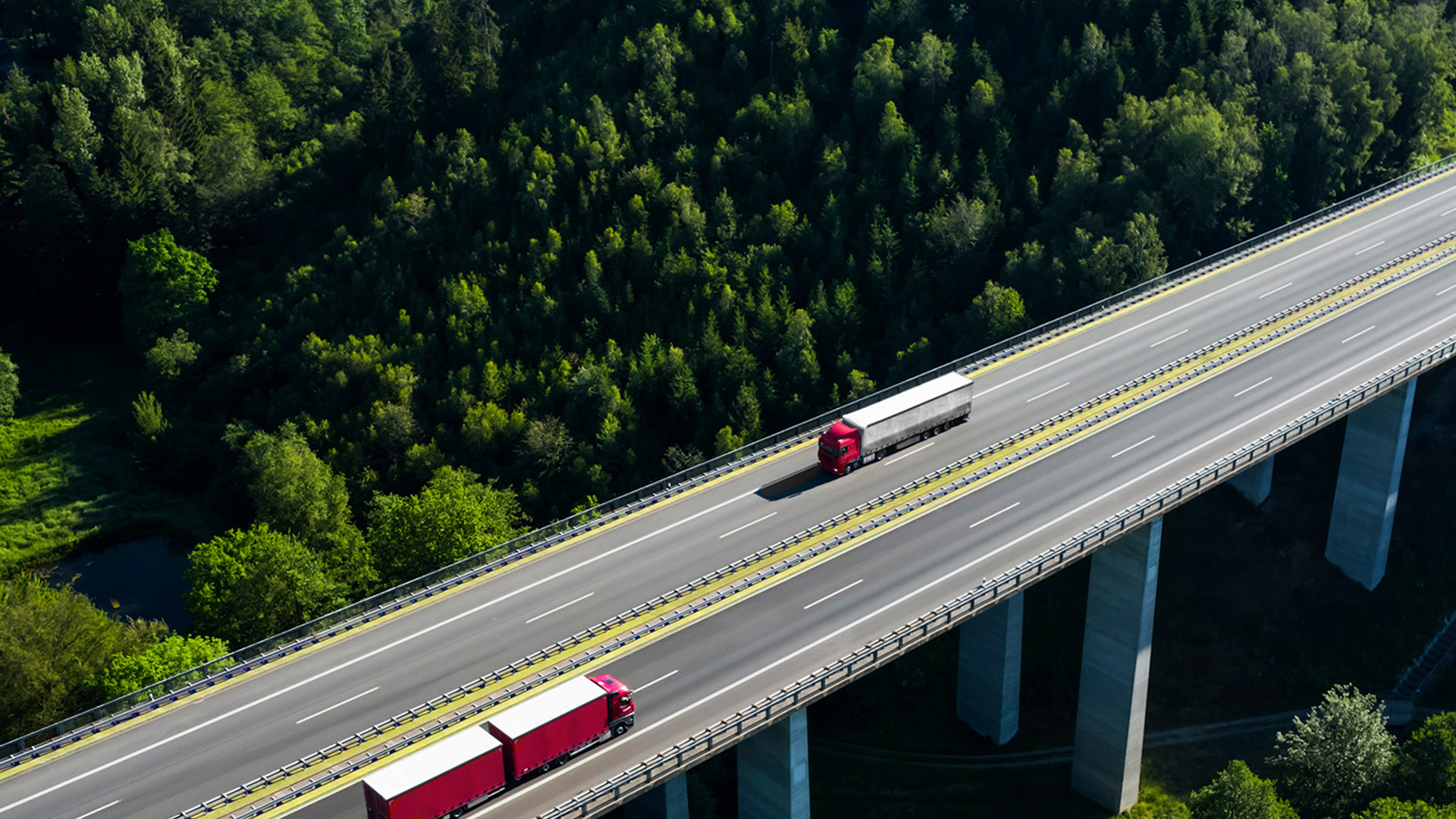







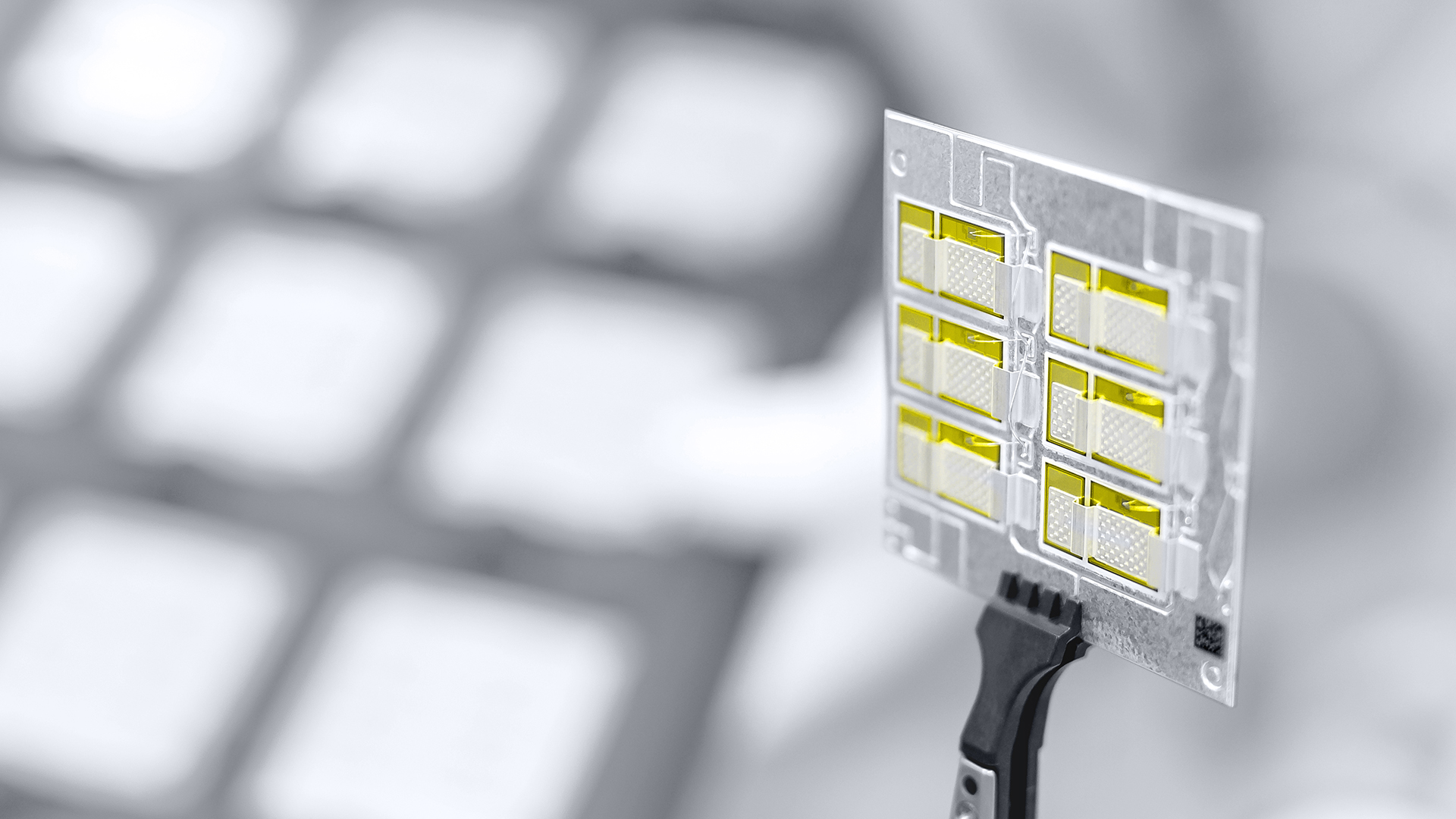


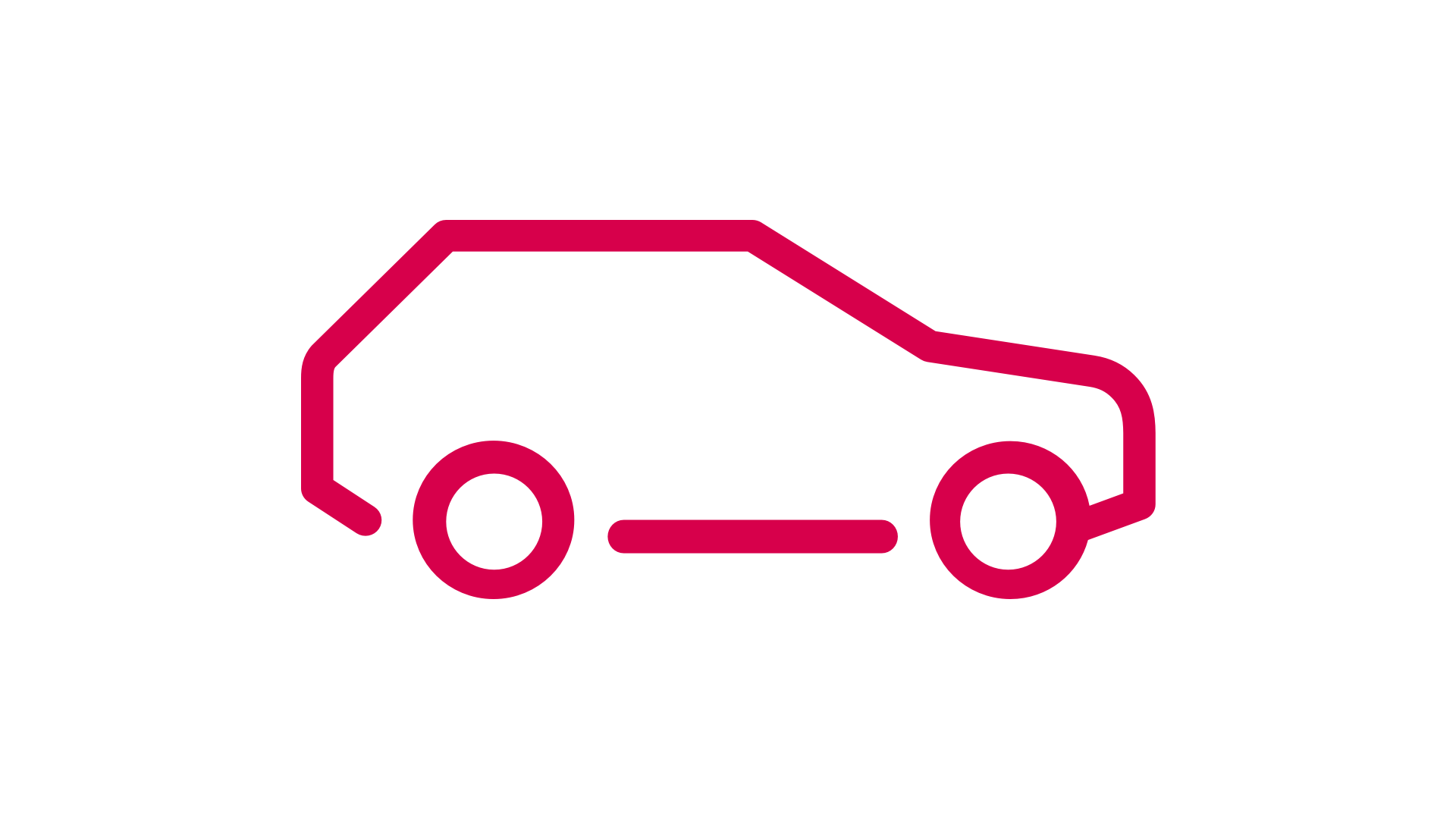
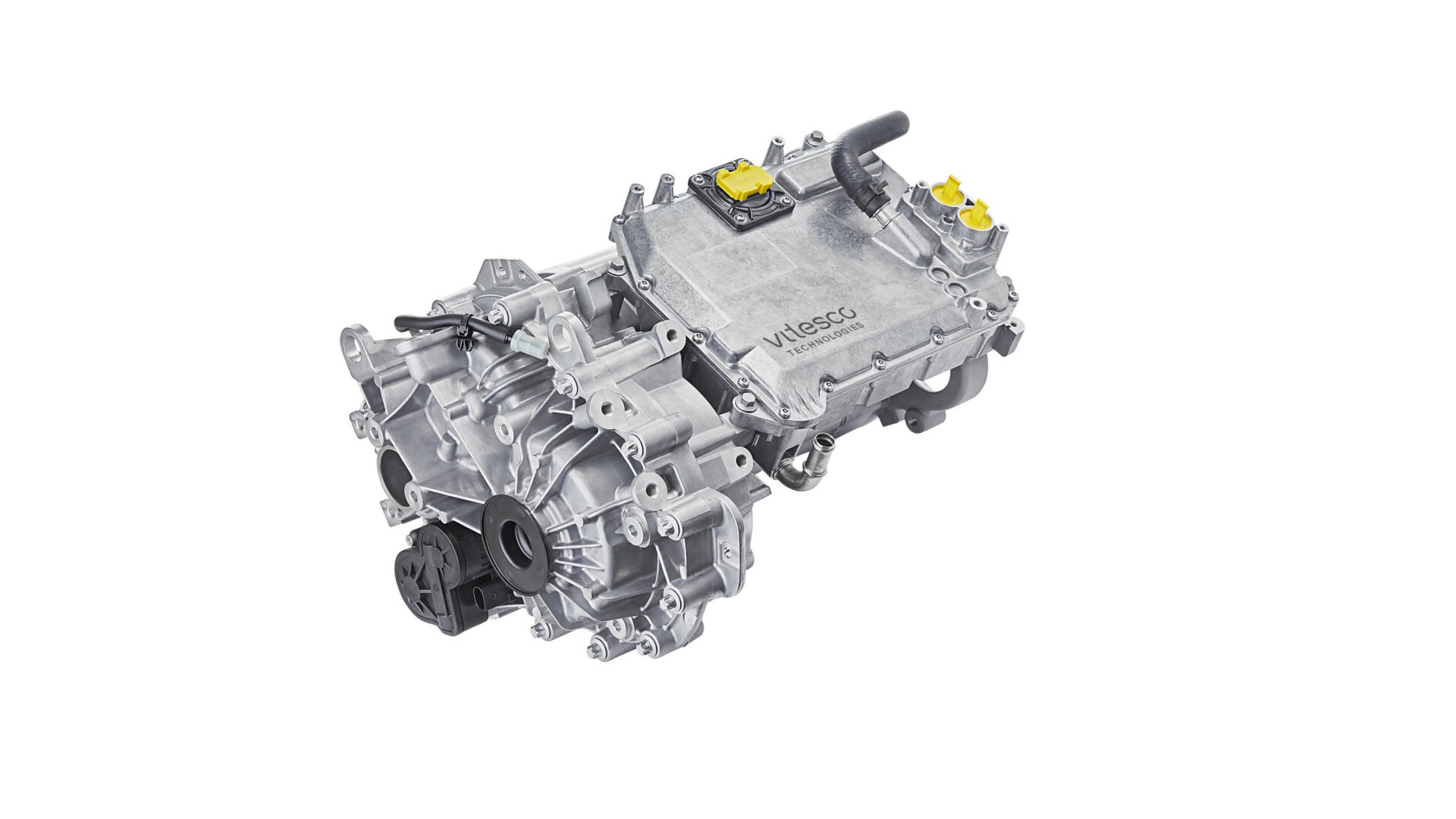
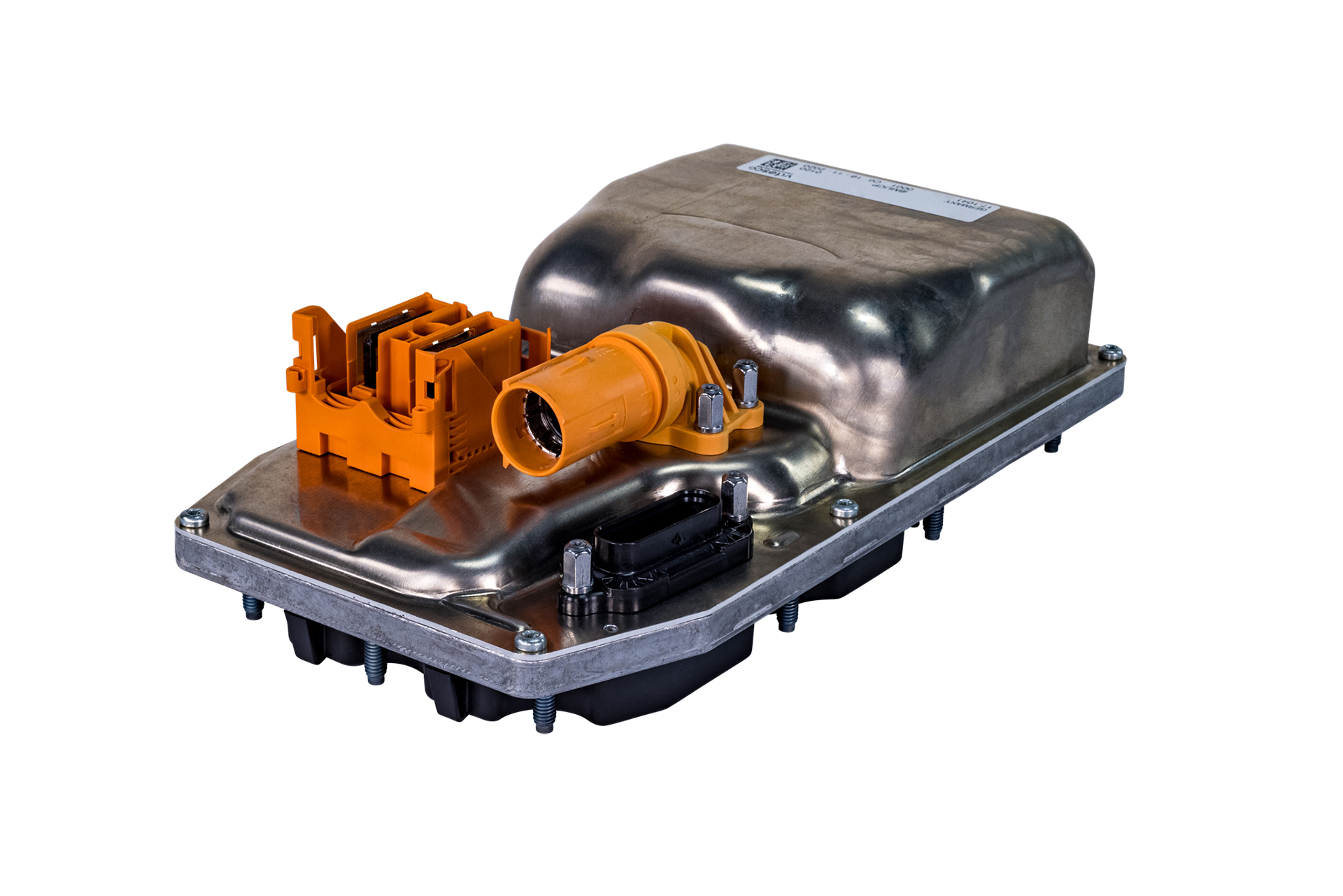
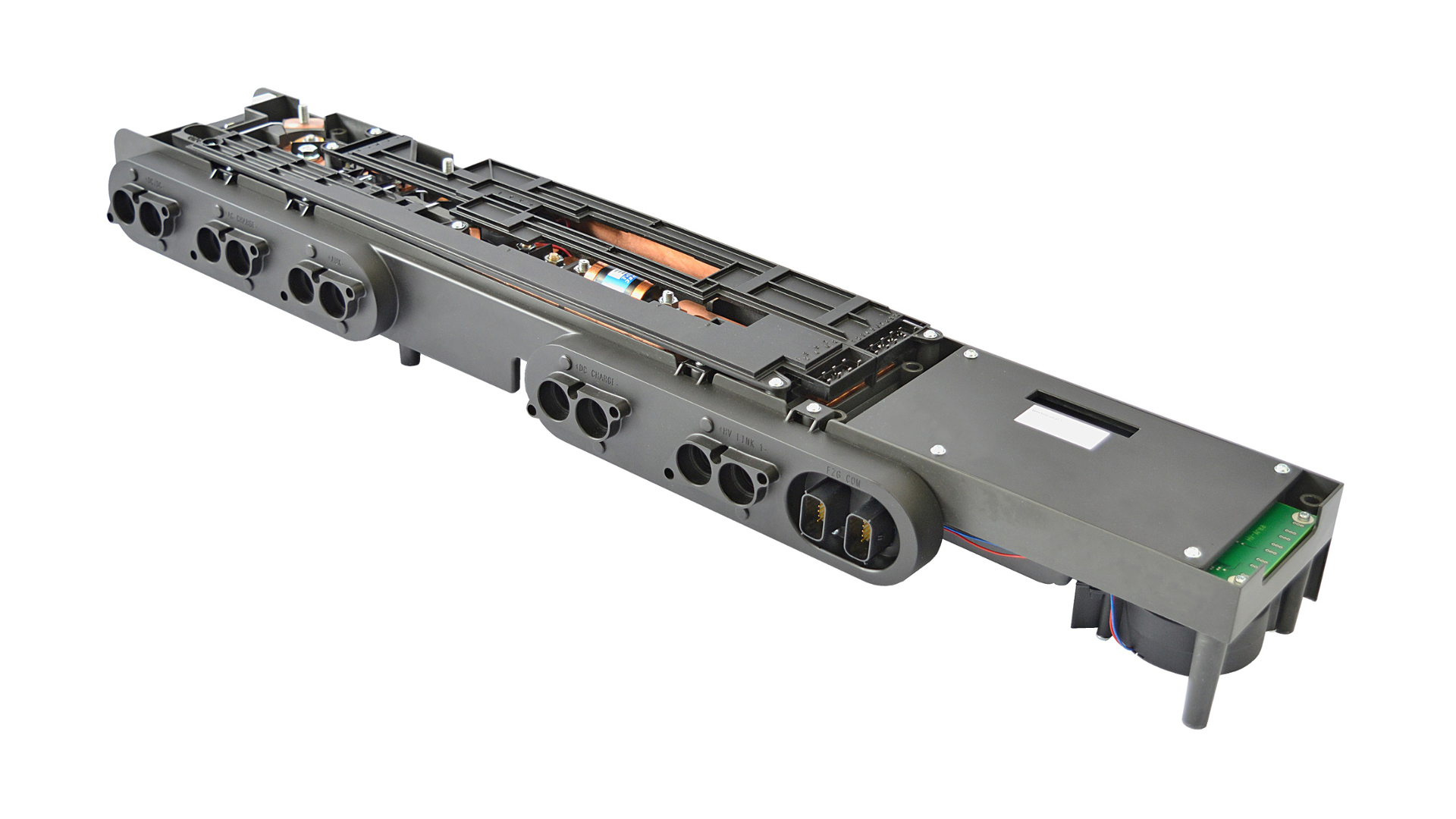
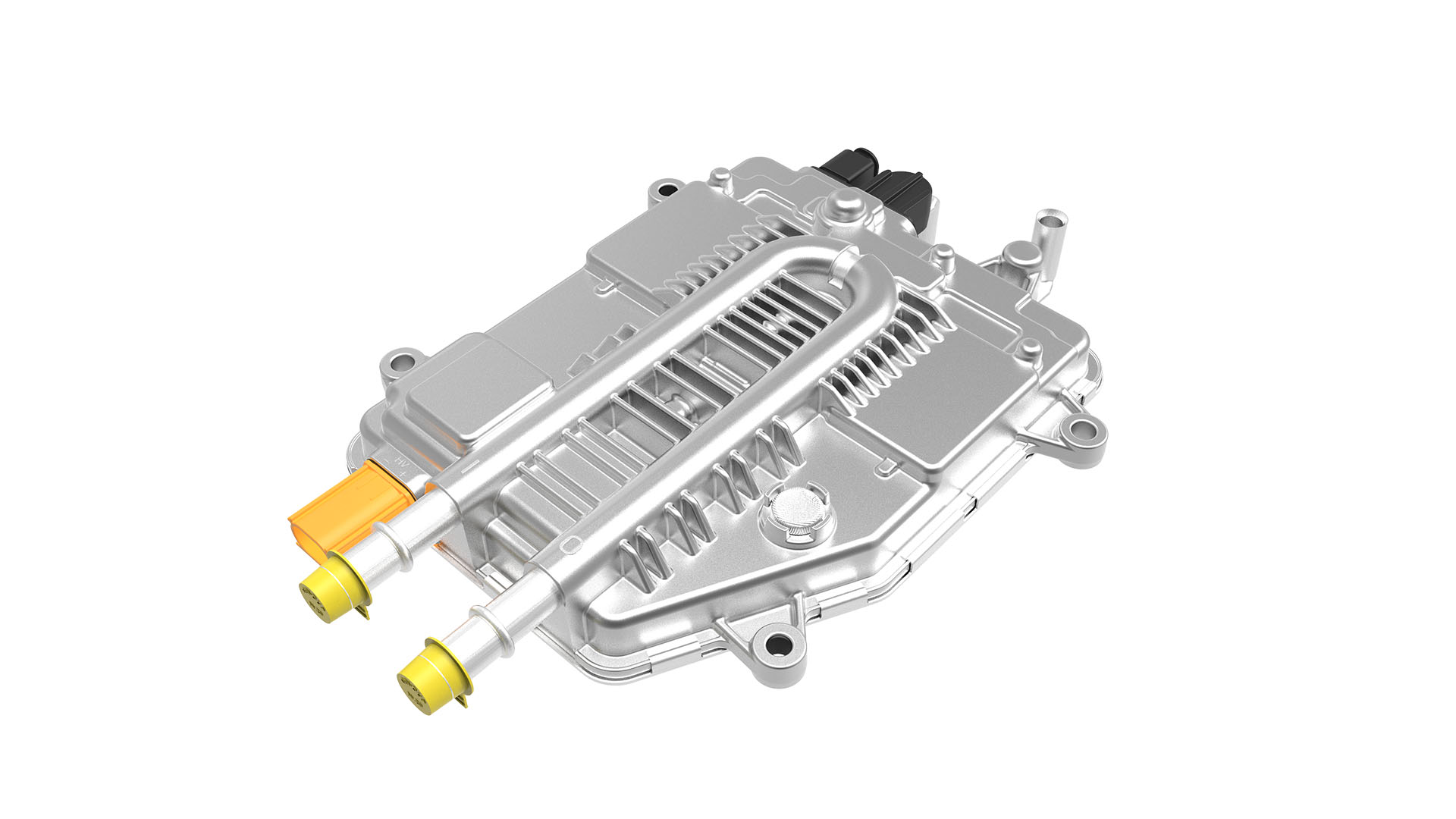
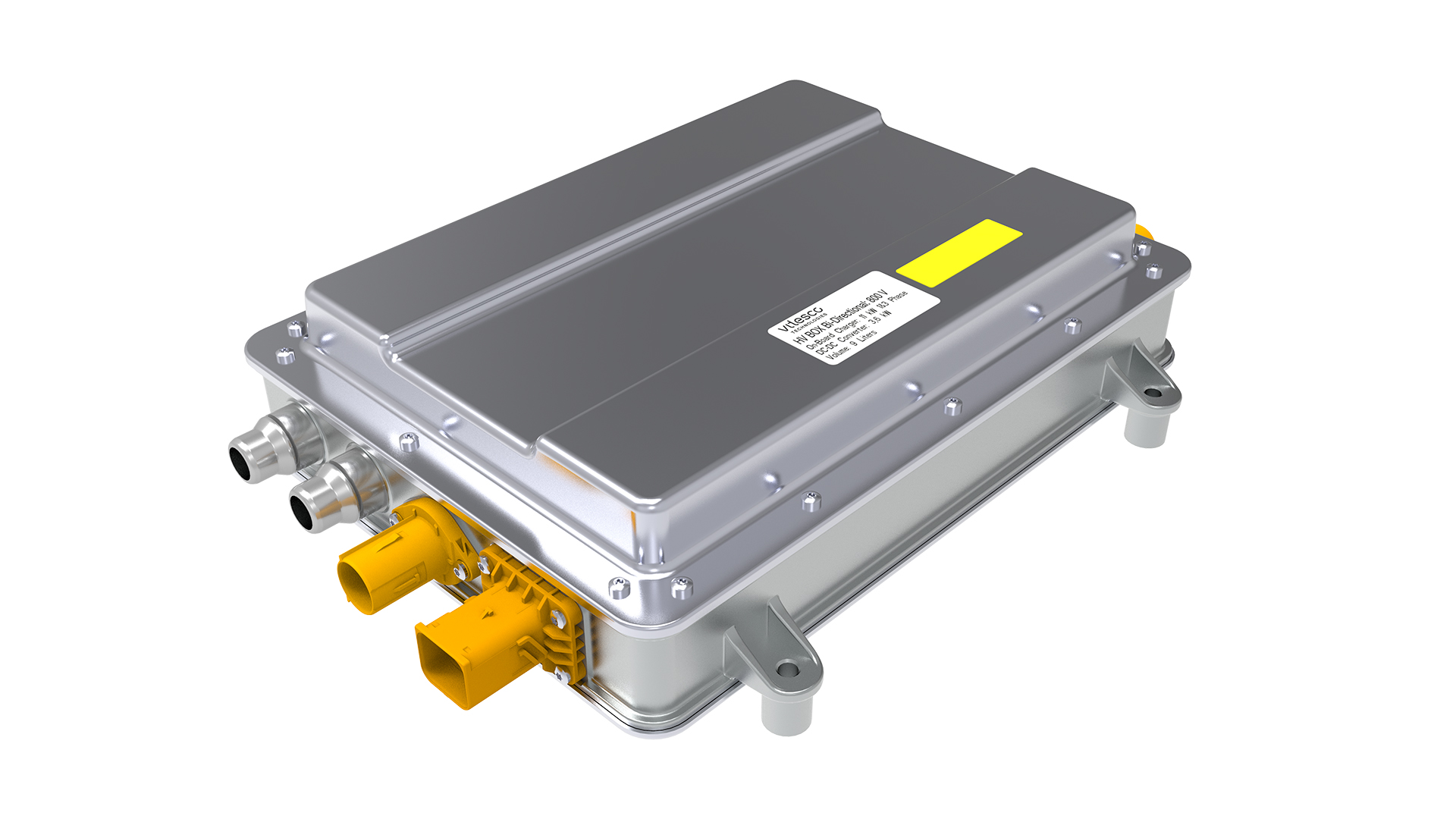
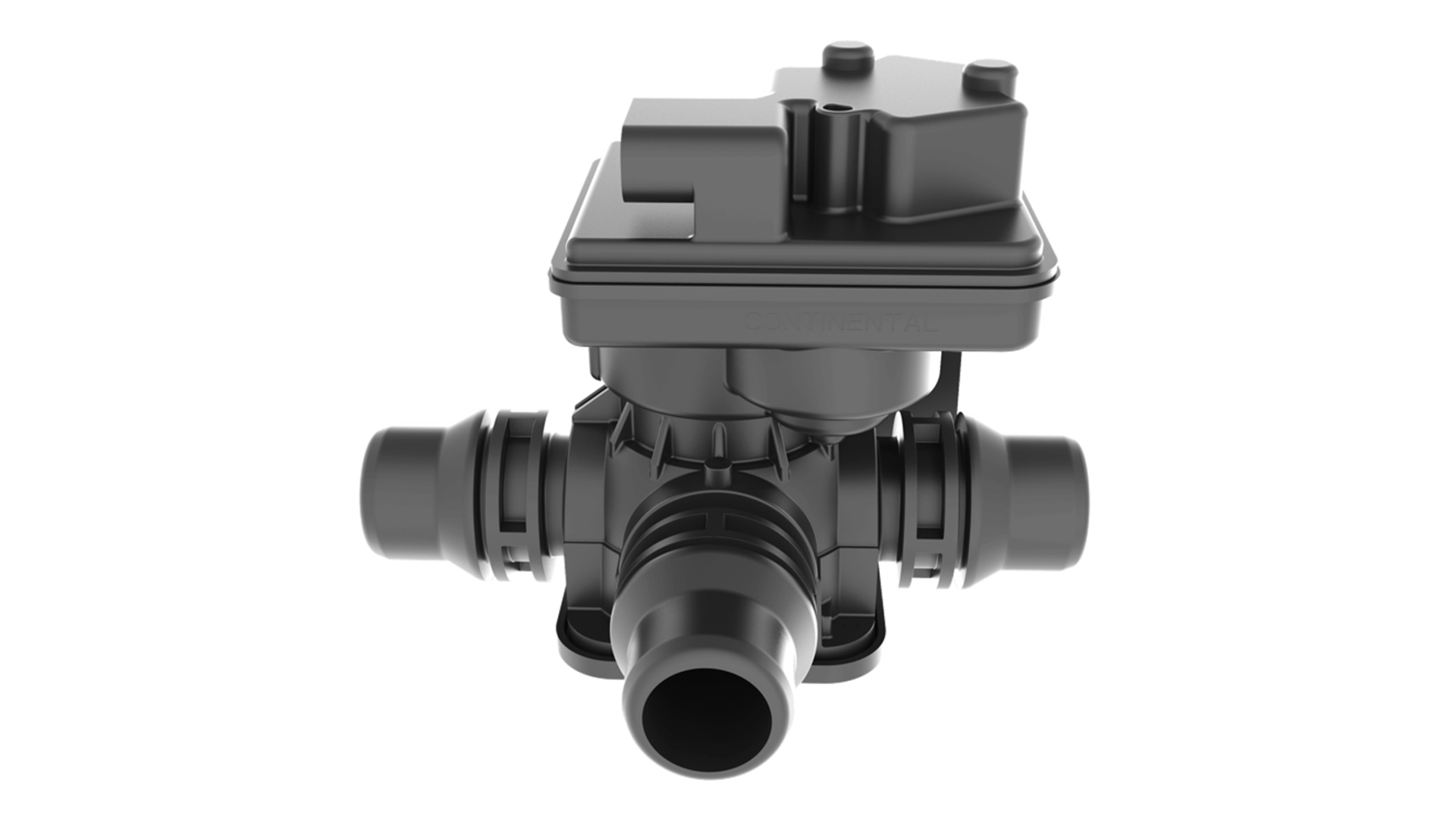
.jpg?width=407&resizemode=force)
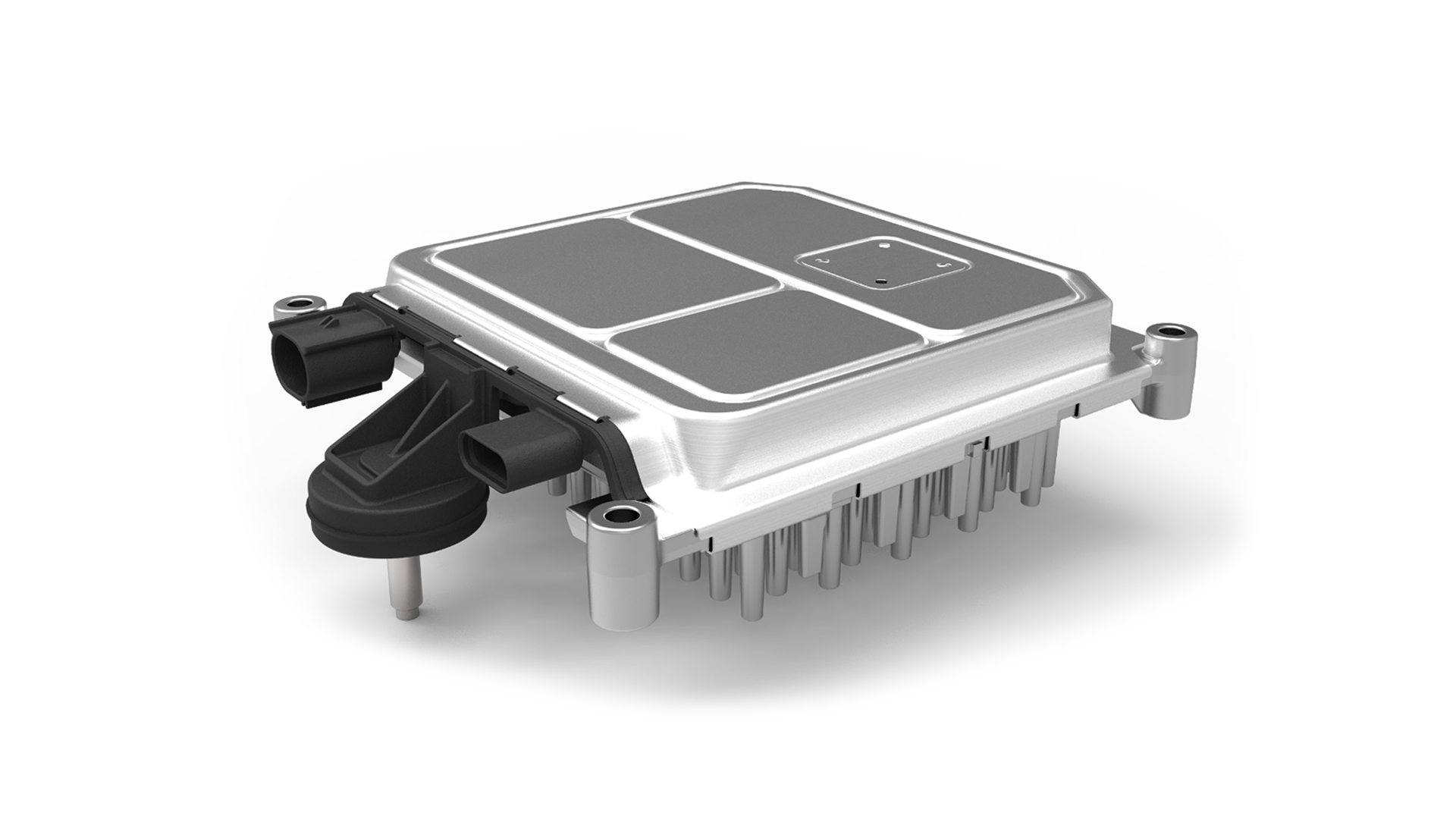

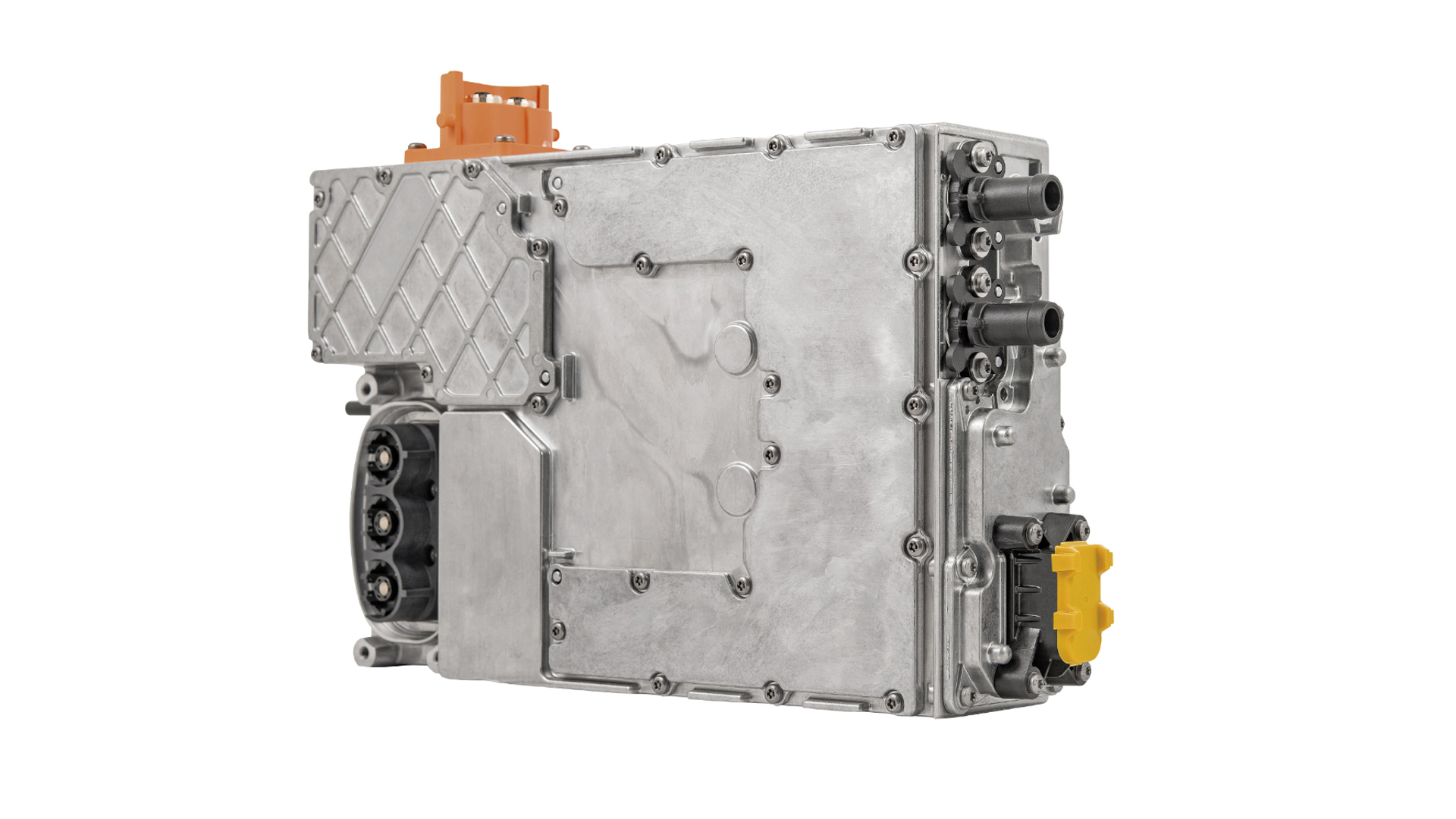
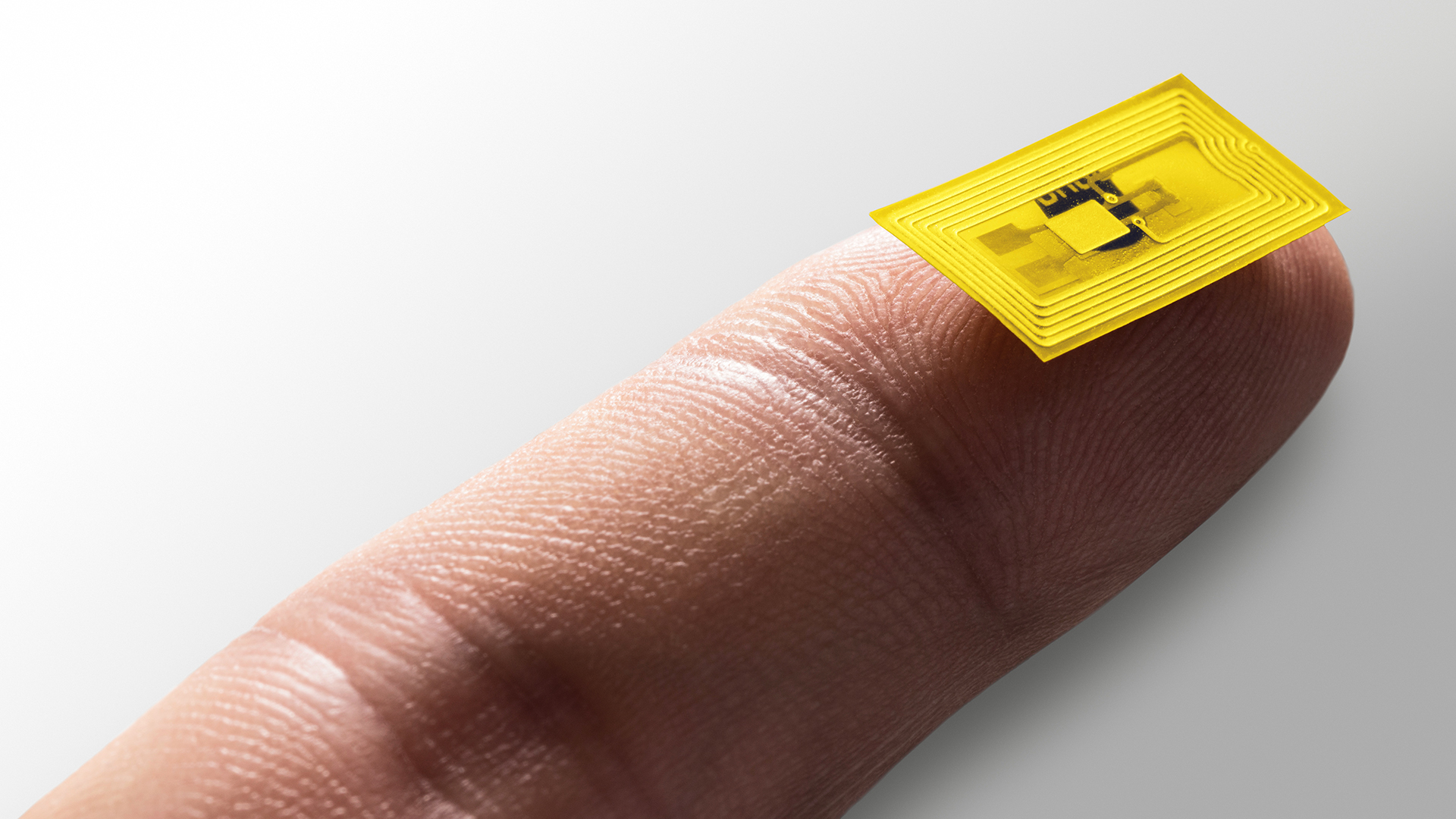

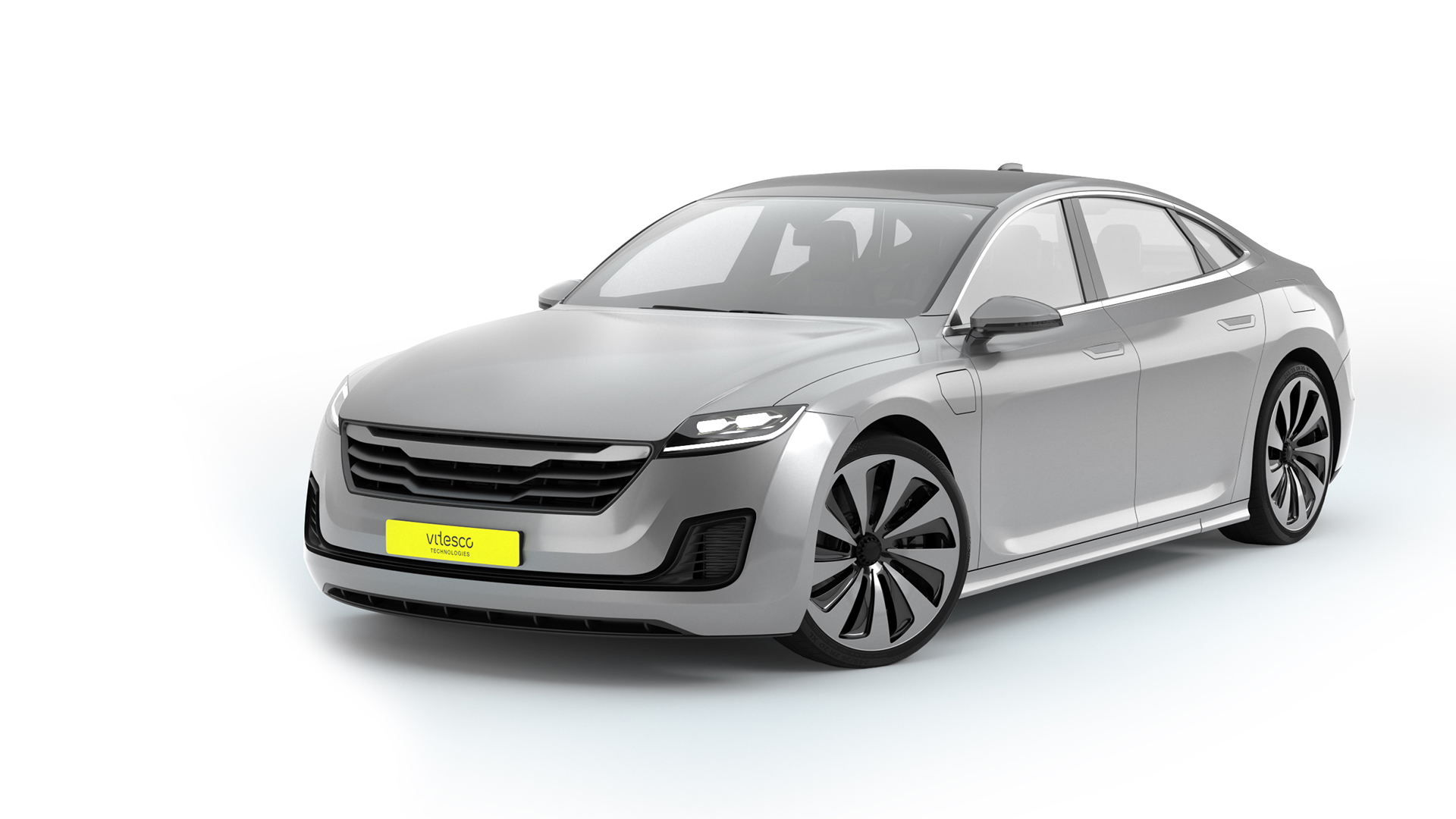


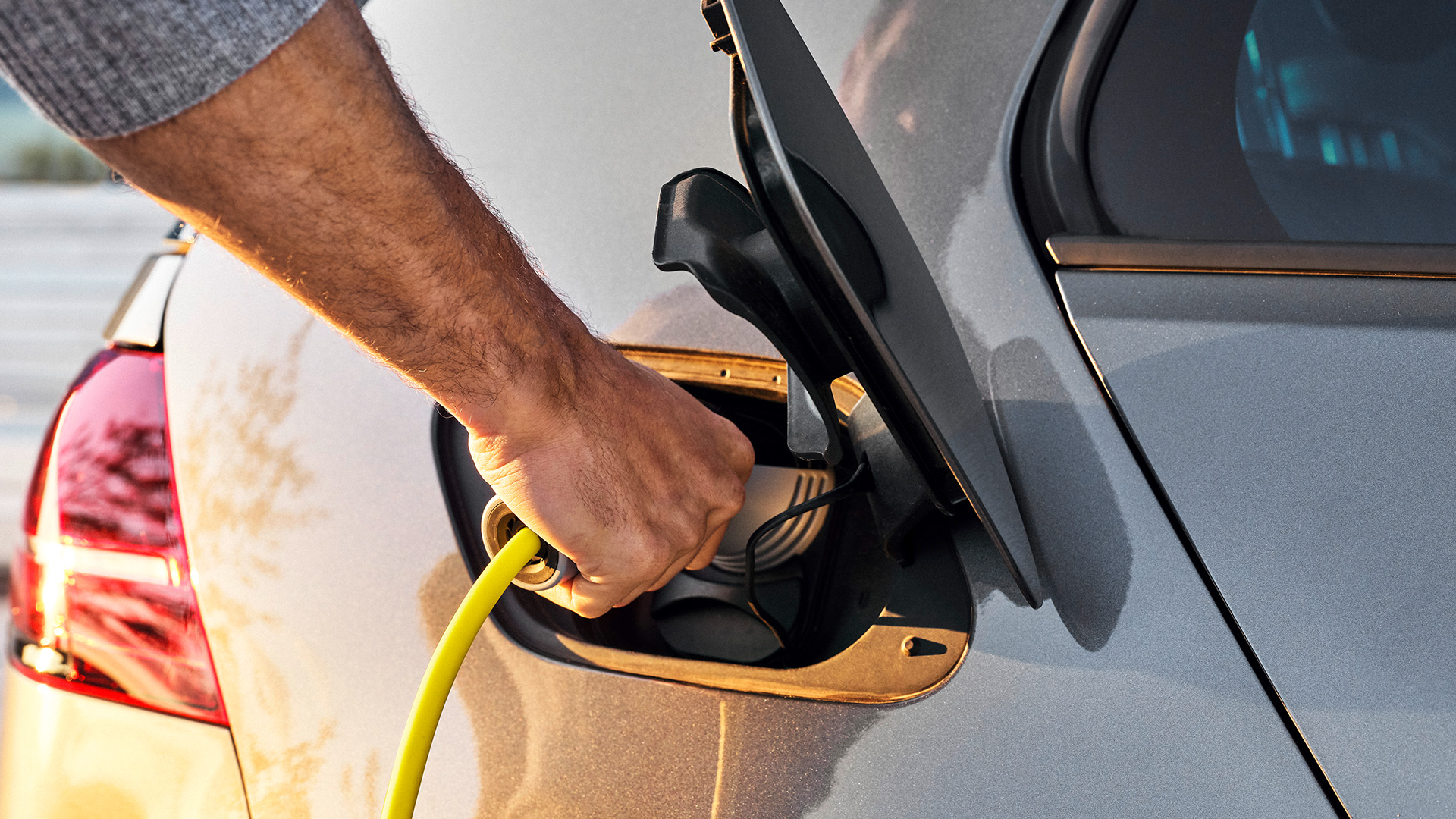
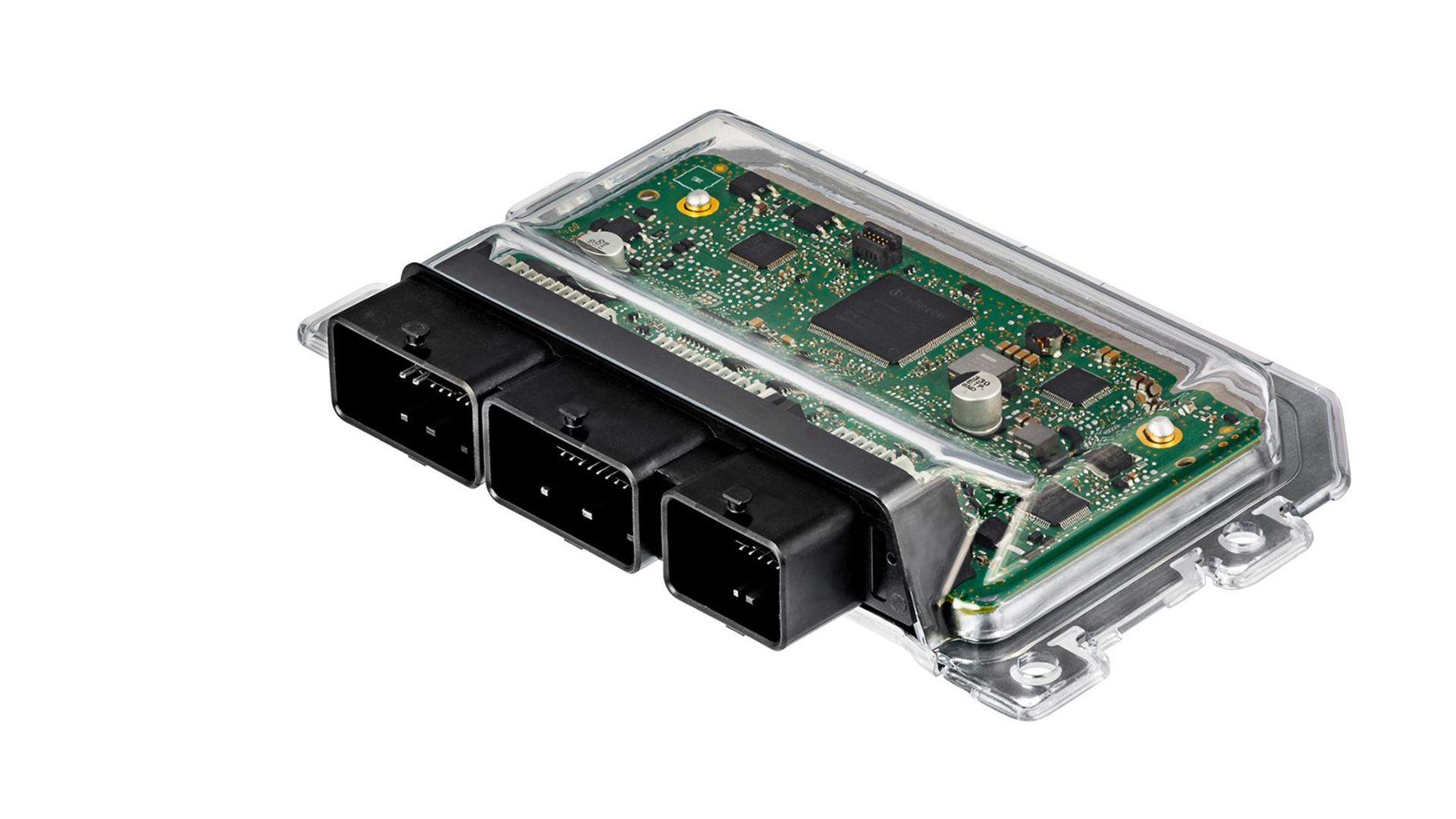
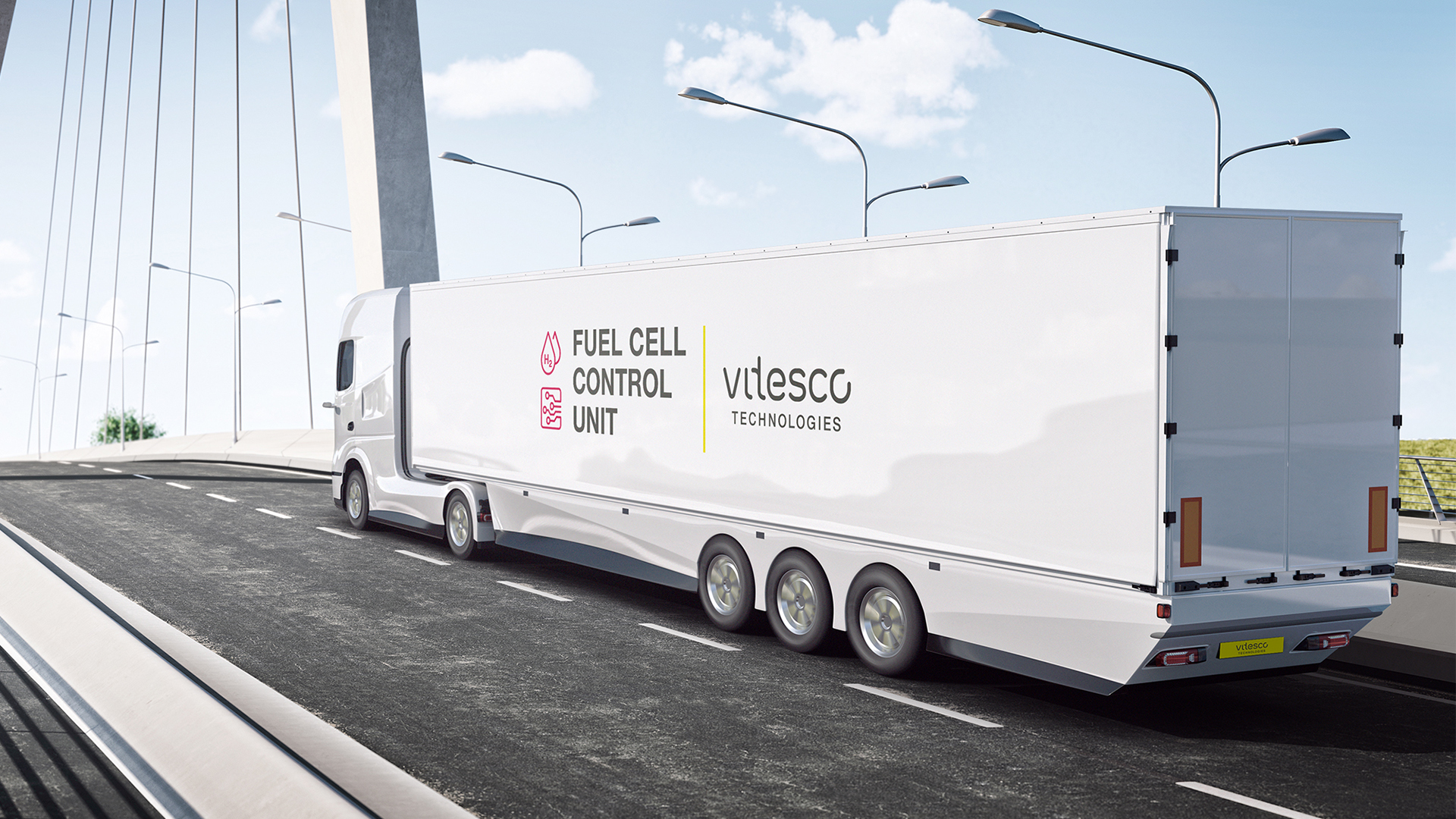




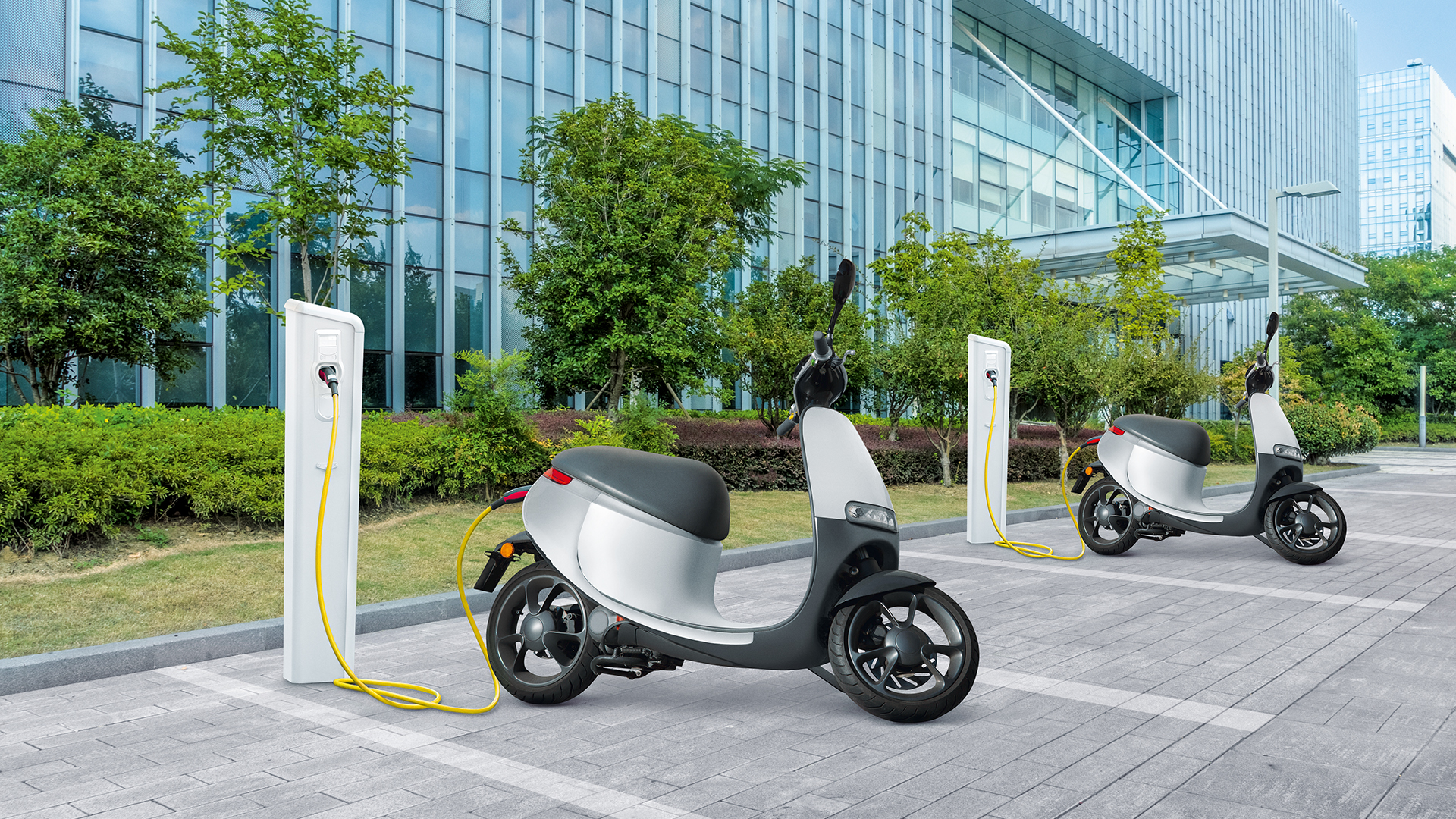
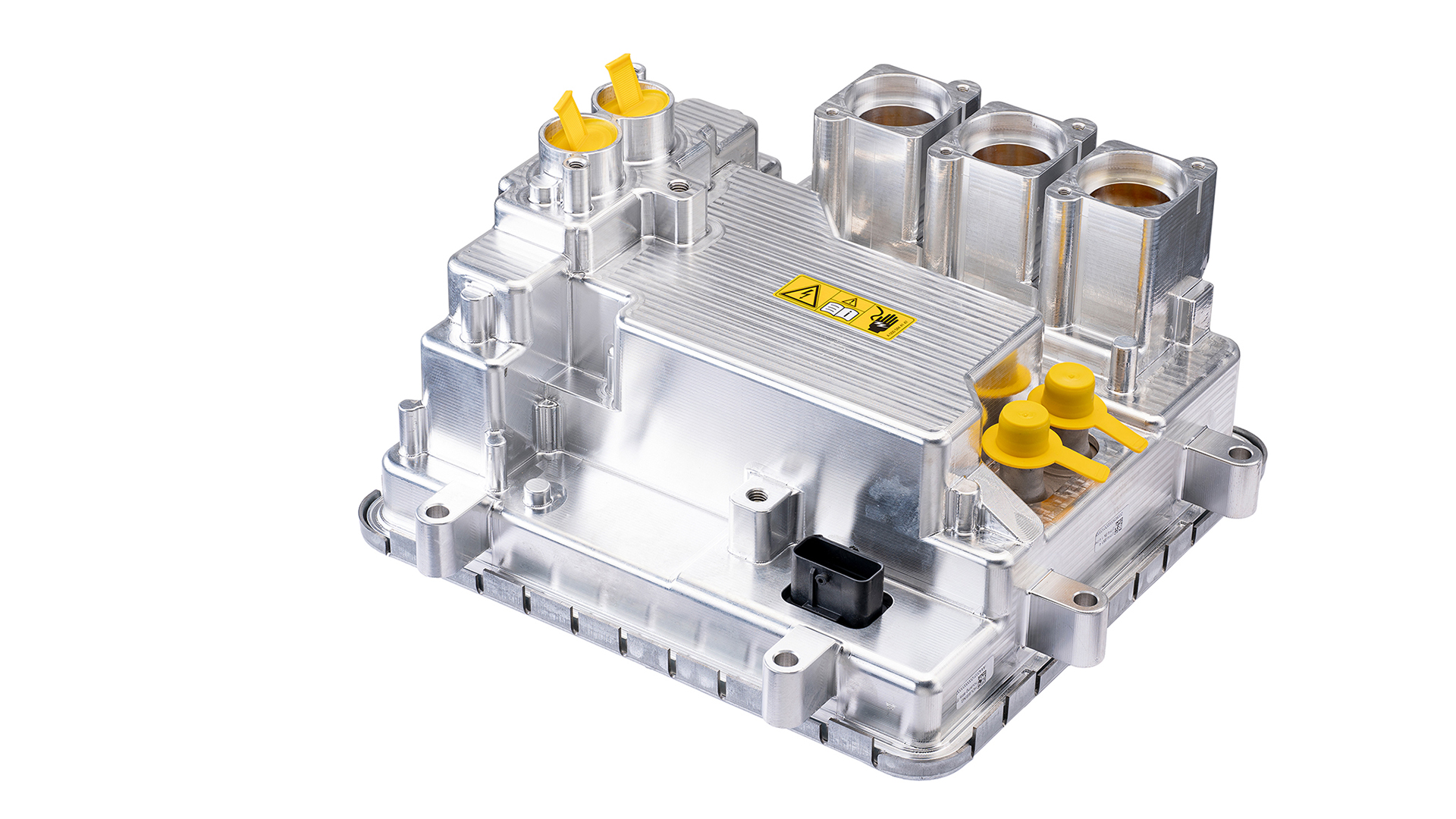

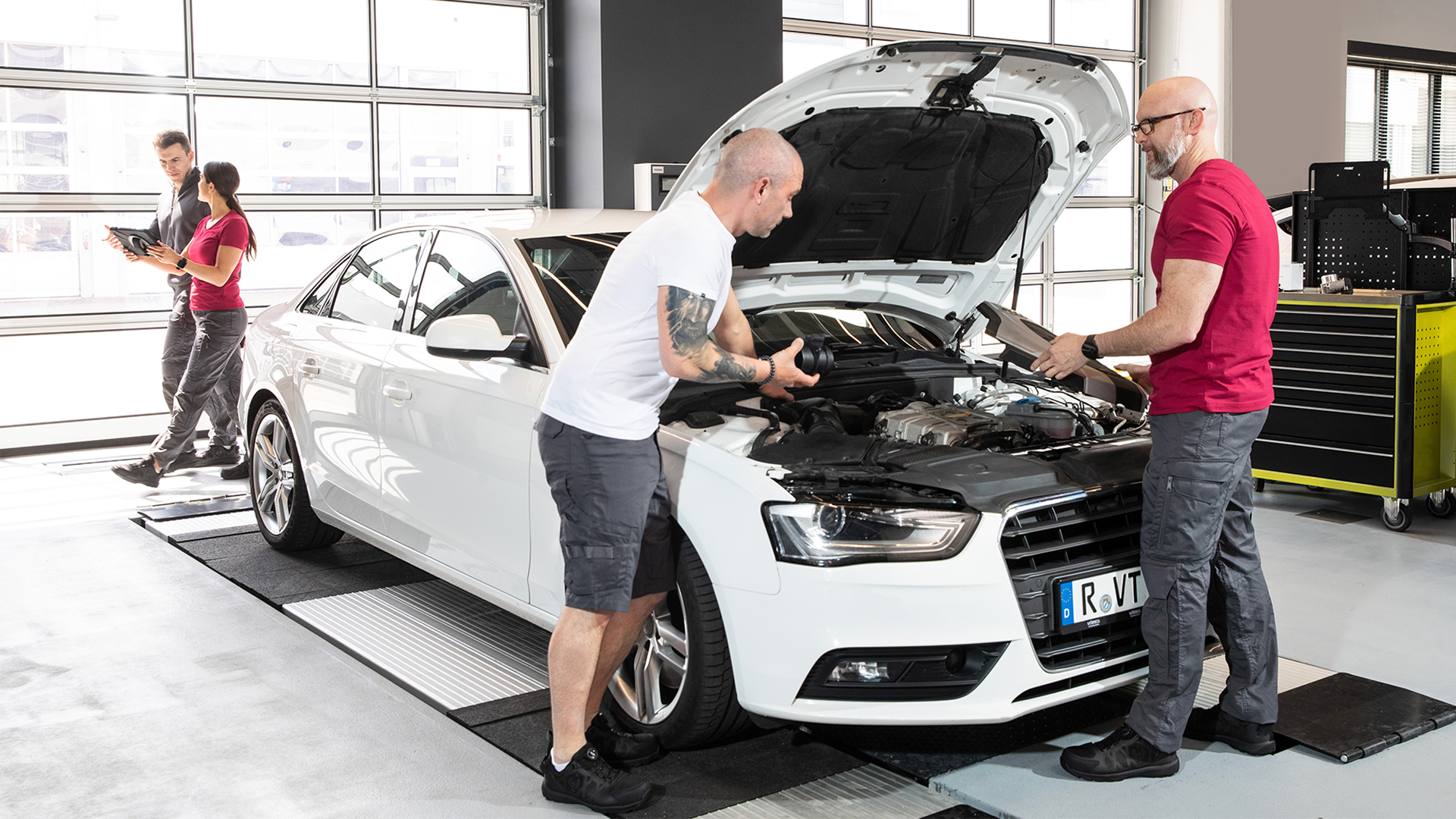

The Vitesco Technologies Group became part of the Schaeffler Group as of October 1, 2024, due to the merger of Vitesco Technologies Group AG into Schaeffler AG.
Please note: Legal or actual changes since October 1, 2024, are therefore no longer reflected in the content of the website.
As the website is no longer updated, we assume no liability for the content of this website, or the linked websites contained therein. The operators of the linked sites are solely responsible for their content.
Irrespective of this, you can still find the current BPCoC and the General Terms and Conditions of Purchase at Vitesco Technologies - Suppliers (vitesco-technologies.com)
Under the following link you will find the current Schaeffler website:



















.jpg?width=407&resizemode=force)




















Regensburg (Germany), November 17, 2021. Vitesco Technologies is using its EMR3 electric axle drive for the first time outside the passenger car sector: The highly integrated system, which has been in production since 2019 and has already been chosen for over 20 vehicle models from European and Asian manufacturers, will drive the Twike 5. The three-wheeled high-performance vehicle is a combination of an electric car, trike and recumbent bike, and is scheduled for limited production from mid-2022. In the current development status, the two-seater will accelerate to 100 km/h in 3.8 seconds, with a top speed of 190 km/h. In addition to this impressive performance, the Twike 5 is also distinguished by very high efficiency. The combined power consumption according to WLTP is only 6.9 kWh per 100 kilometers, and the combined range will be more than 400 kilometers (information based on current simulations, depending on the selected battery variant).
The third generation of the EMR (Electronics Motor Reducer) is a compact, lightweight unit that consists of a permanent magnet synchronous motor, the power electronics (inverter) and a reduction gear (reducer). This scalable electric drive mobilizes up to 150 kW of power and a torque of up to 2,900 Nm, weighs only 76 kilograms, and its dimensions (40 x 35 x 55 cm) are barely larger than a piece of carry-on luggage. The highly integrated system does not need any plugs or cables when connecting the motor and inverter, which also contributes to its robustness.
Martin Moescheid, managing director and shareholder of Twike GmbH, based in Rosenthal, Germany, underscores this. “In addition to performance, efficiency was also of central importance to us. The EMR3 has a high degree of efficiency in all load ranges, which means that we can achieve very low consumption values. In addition, this drive unit is particularly lightweight, extremely robust and easy to modify. The background of existing high-quality volume production also made a significant contribution to our decision.”
The Twike – a portmanteau word from Twin and Bike – goes back to students from ETH Zurich, who developed the prototype of this enclosed two-seater recumbent bike in 1986. To this day, the pedals have remained a feature of this vehicle type. While the current Twike 3 production model uses this to mechanically support the drive shaft, in the Twike 5, pedal force is used to generate electrical energy. In both cases, this relieves the burden on the battery and increases the range. Above all, however, the pedals are intended to allow sporting activity during riding. With an output of 70 kW and a torque of 1,800 Nm on the drive axle, the Twike 5 will be by far the most powerful model in the brand’s history.

Integrated Electric Axle Drive EMR3
© Vitesco Technologies GmbH (exclusive rights)
.png?width=579&resizemode=force)
Twike 5
© Vitesco Technologies GmbH (exclusive rights)
.png?width=579&resizemode=force)
Twike 5
© Vitesco Technologies GmbH (exclusive rights)

Twike 5
© Vitesco Technologies GmbH (exclusive rights)

Fully Integrated Axle Drive EMR3 Short Version (without Sound)
© Vitesco Technologies GmbH (exclusive rights)

Fully Integrated Axle Drive EMR3 Long Version
© Vitesco Technologies GmbH (exclusive rights)